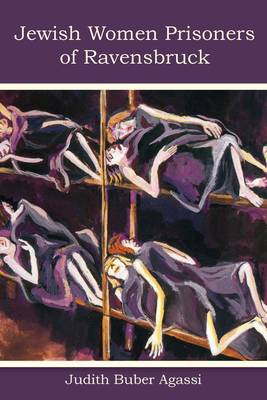
- Afhalen na 1 uur in een winkel met voorraad
- Gratis thuislevering in België vanaf € 30
- Ruim aanbod met 7 miljoen producten
- Afhalen na 1 uur in een winkel met voorraad
- Gratis thuislevering in België vanaf € 30
- Ruim aanbod met 7 miljoen producten
Zoeken
Omschrijving
Ravensbrück was the only major Nazi concentration camp for women. Between 1939 and 1945, it was the site of murder by slave labor, torture, starvation, shooting, lethal injection, medical experimentation, and gassing. In its six-year history, 132,000 women from twenty-seven countries were imprisoned in Ravensbrück. Only about 15,000 in all survived. Jewish Women Prisoners of Ravensbrück reclaims the lost identities of these victims. Together with a team of researchers, Judith Buber Agassi interviewed 138 survivors of Ravensbrück on four continents. Using the survivor testimonies to corroborate her research from major archives in Germany, Israel, and the United States, as well as from transport and death registration lists and from records that were smuggled out of the camp before liberation, Buber Agassi constructs an image of the women of Ravensbrück: their countries of origin, age distribution, professional roles prior to the war, religious backgrounds, and the types of social interactions and emotional support that existed among and between the various groups of women. To date, Buber Agassi has recovered the identity of over 16,000 Ravensbrück prisoners. Now in paperback, this study of Ravenbrück, largely overlooked in favor of more notorious killing campus, continues the female approach to understanding the Holocaust.
Specificaties
Betrokkenen
- Auteur(s):
- Uitgeverij:
Inhoud
- Aantal bladzijden:
- 352
- Taal:
- Engels
- Reeks:
Eigenschappen
- Productcode (EAN):
- 9780896728721
- Verschijningsdatum:
- 1/08/2014
- Uitvoering:
- Paperback
- Formaat:
- Trade paperback (VS)
- Afmetingen:
- 152 mm x 226 mm
- Gewicht:
- 498 g

Alleen bij Standaard Boekhandel
+ 91 punten op je klantenkaart van Standaard Boekhandel
Beoordelingen
We publiceren alleen reviews die voldoen aan de voorwaarden voor reviews. Bekijk onze voorwaarden voor reviews.











